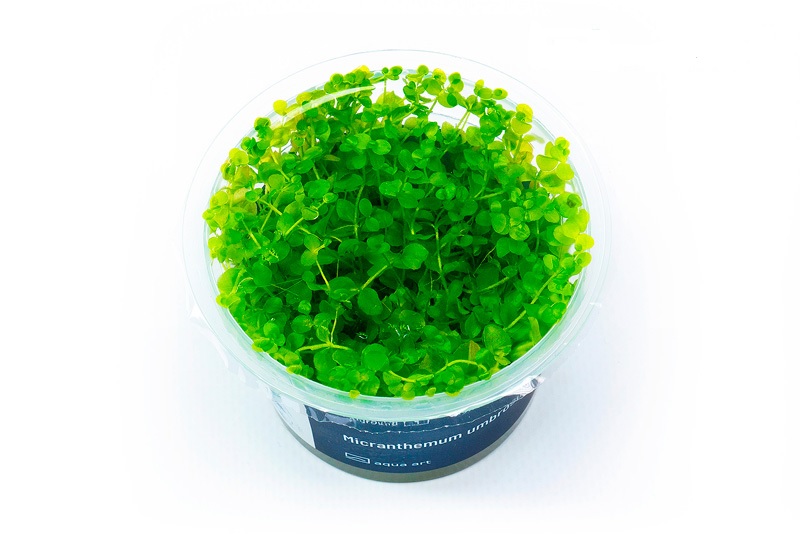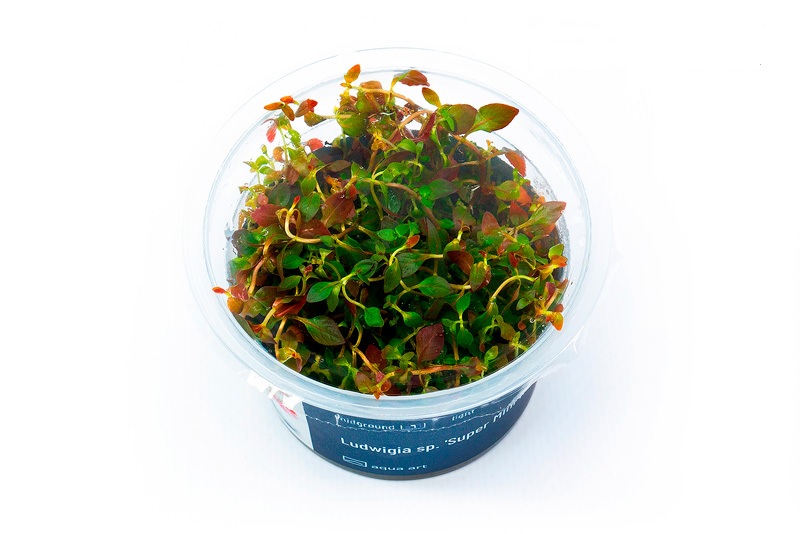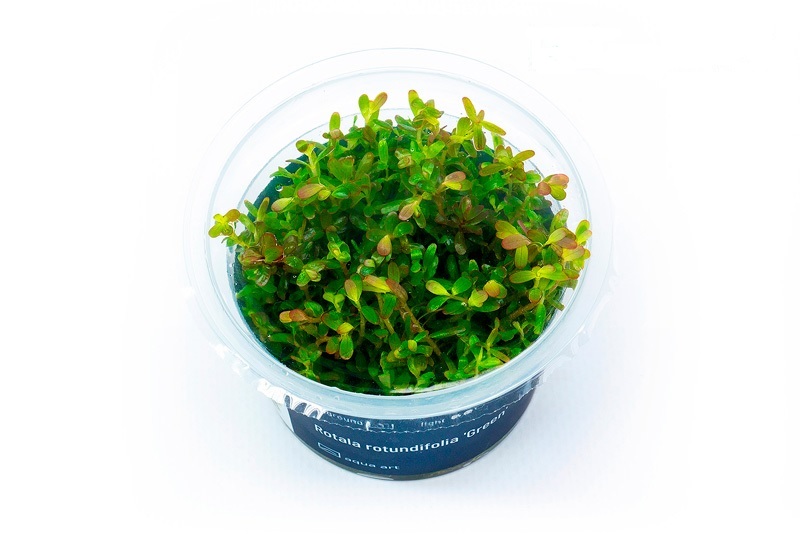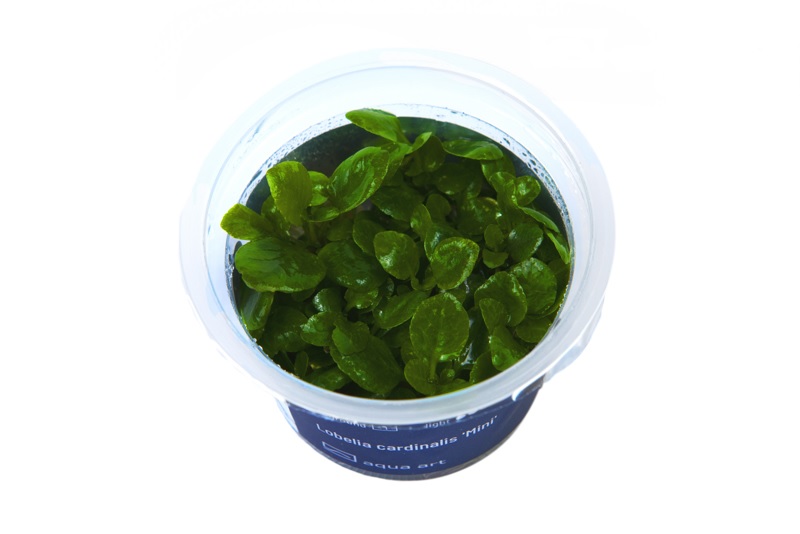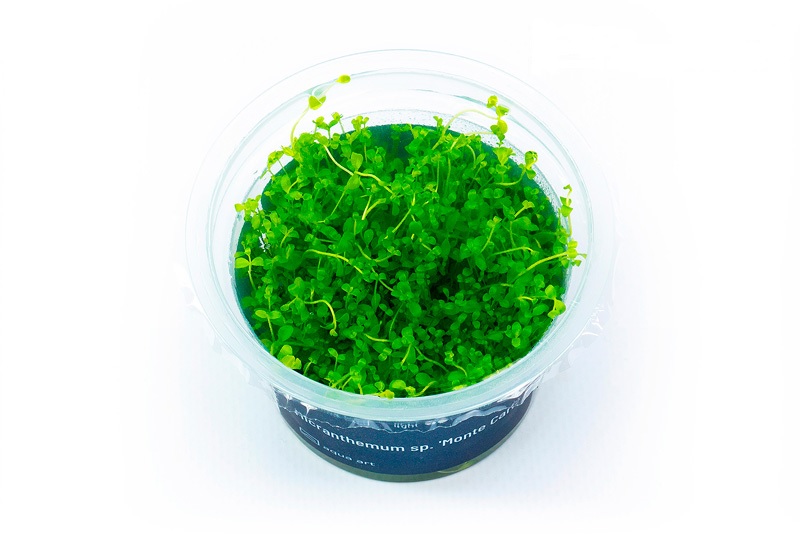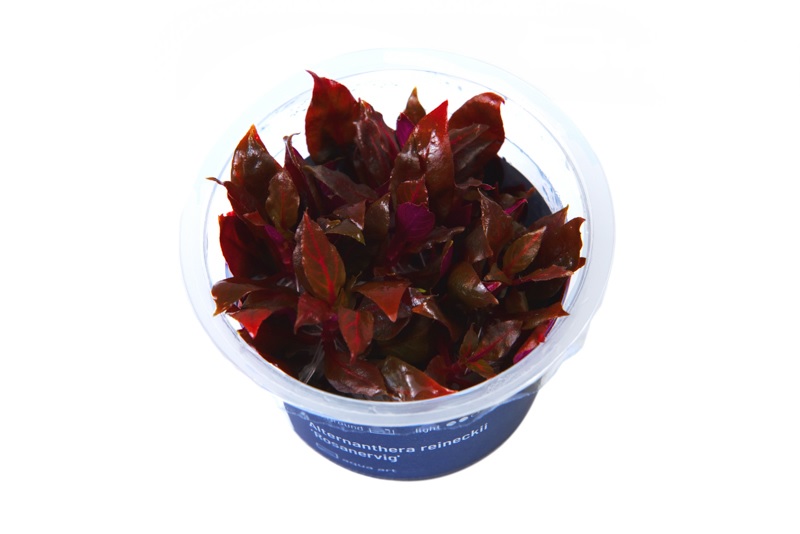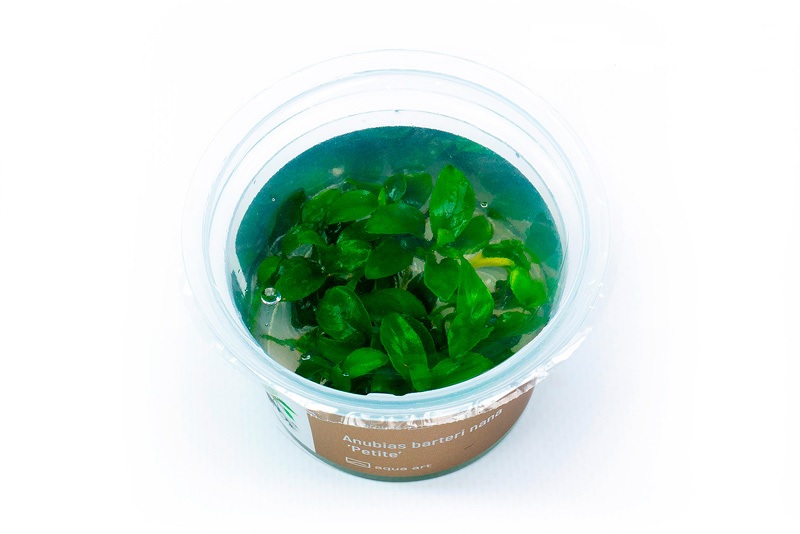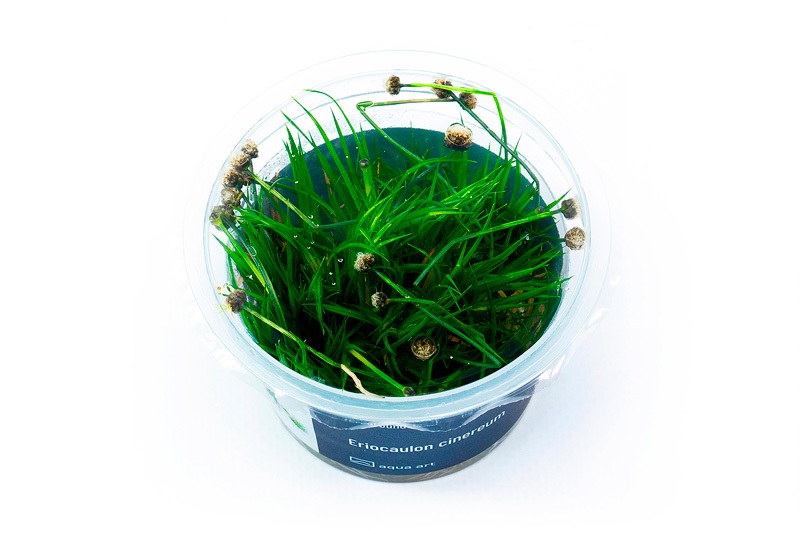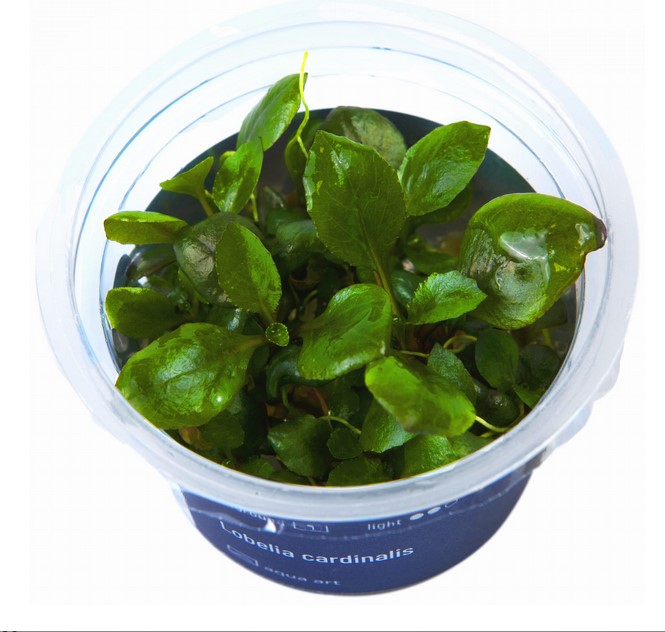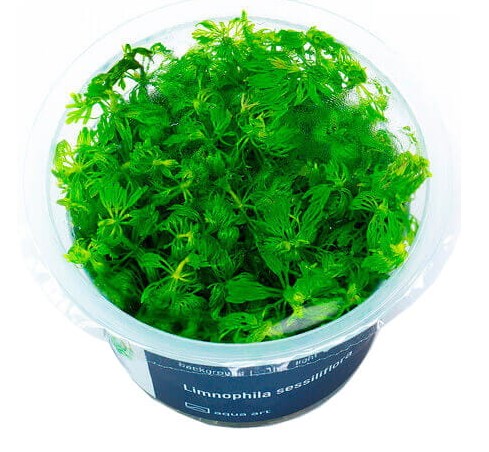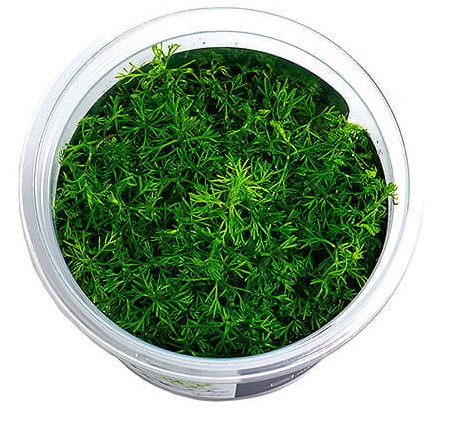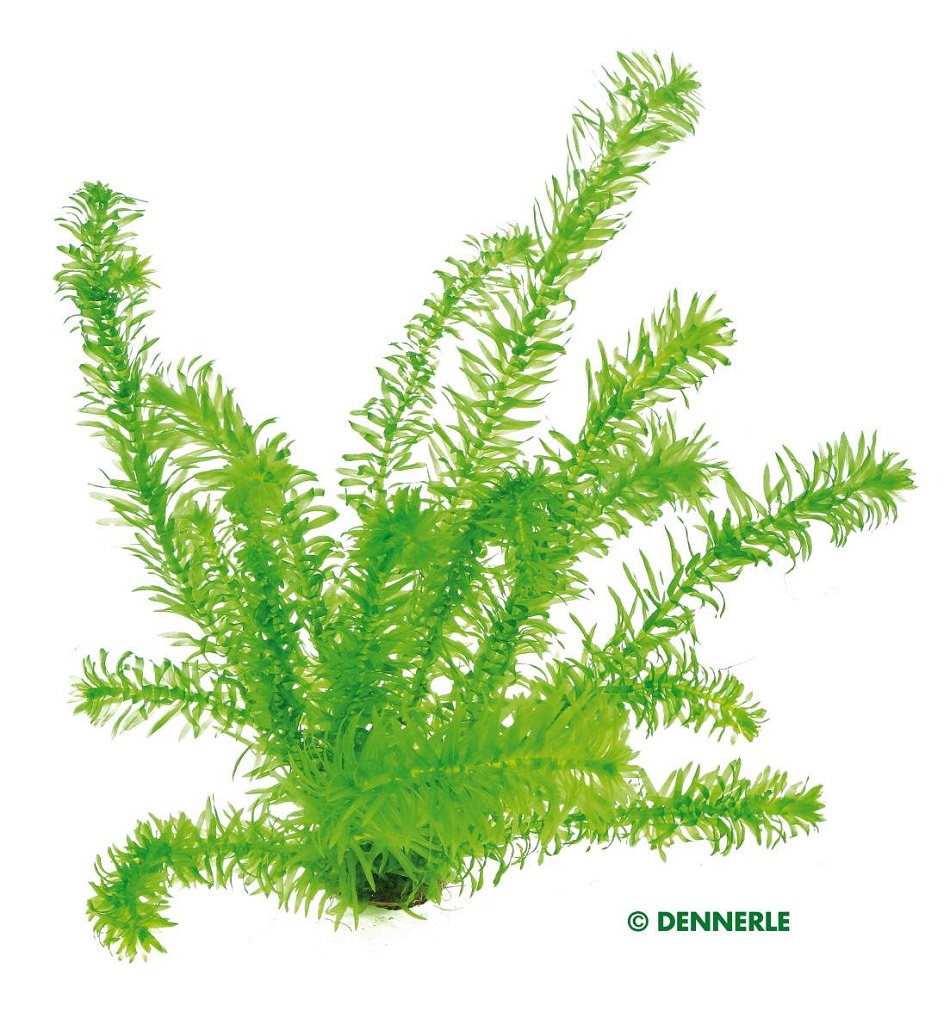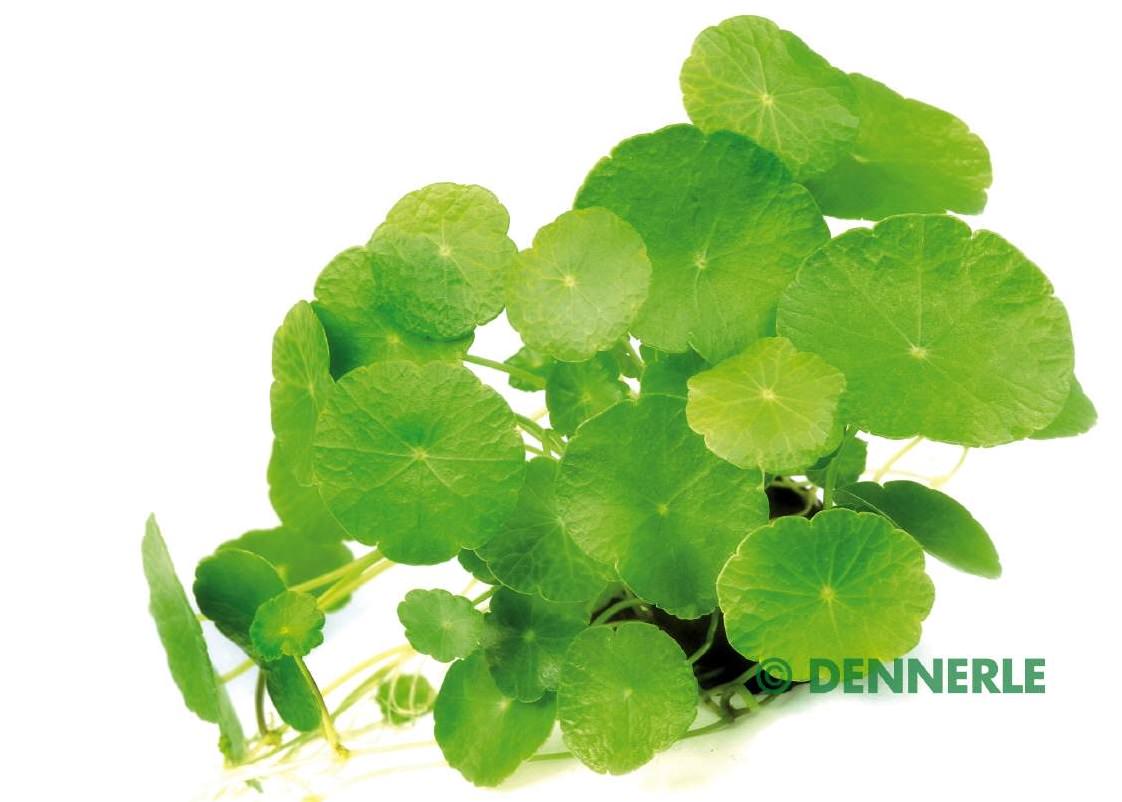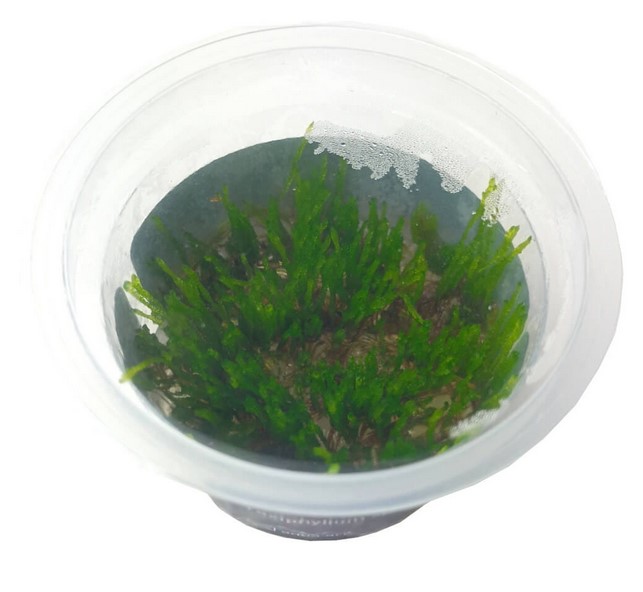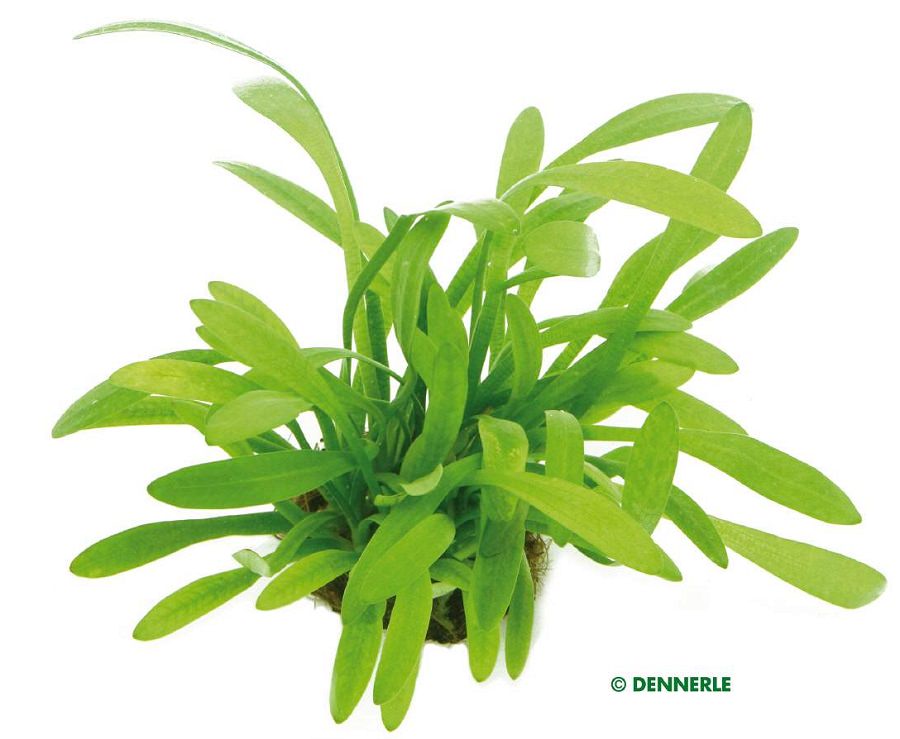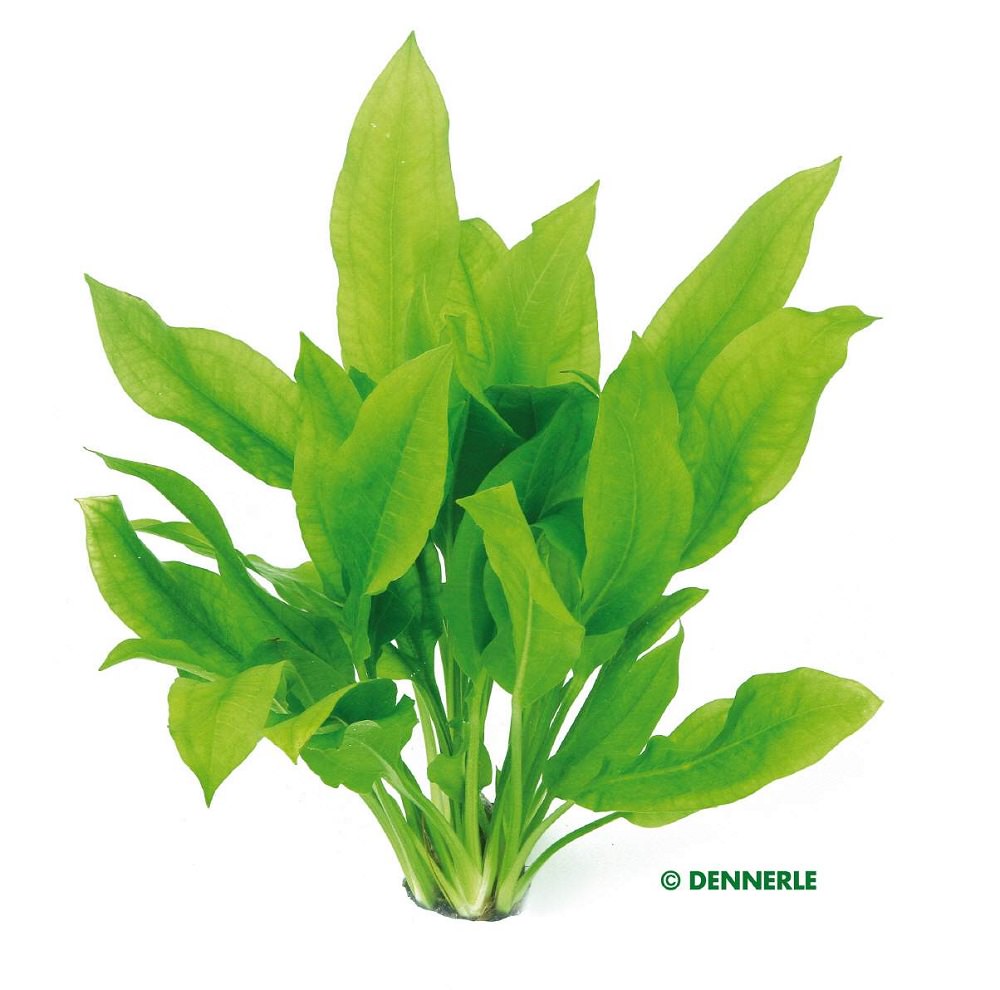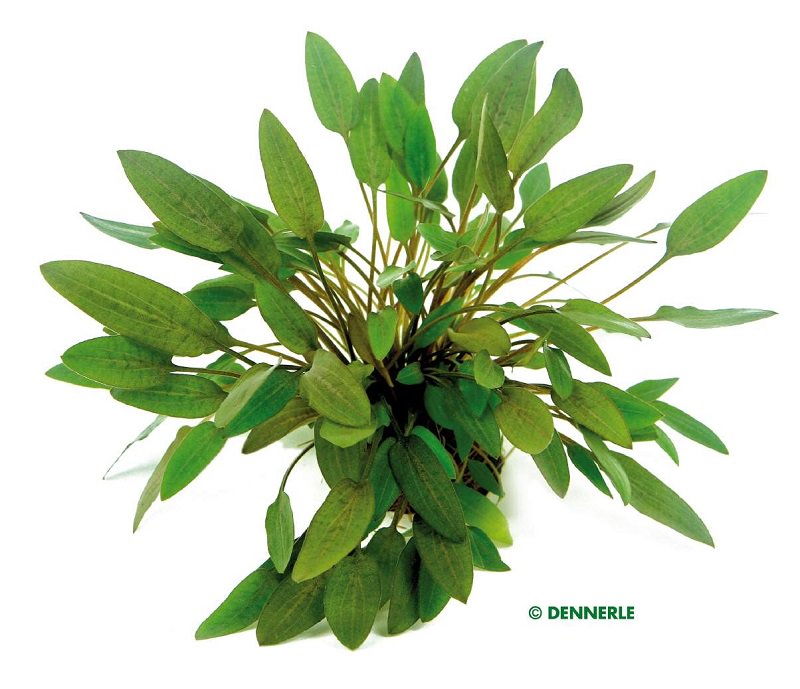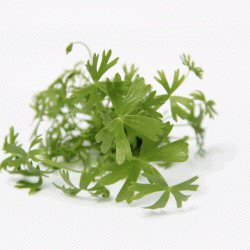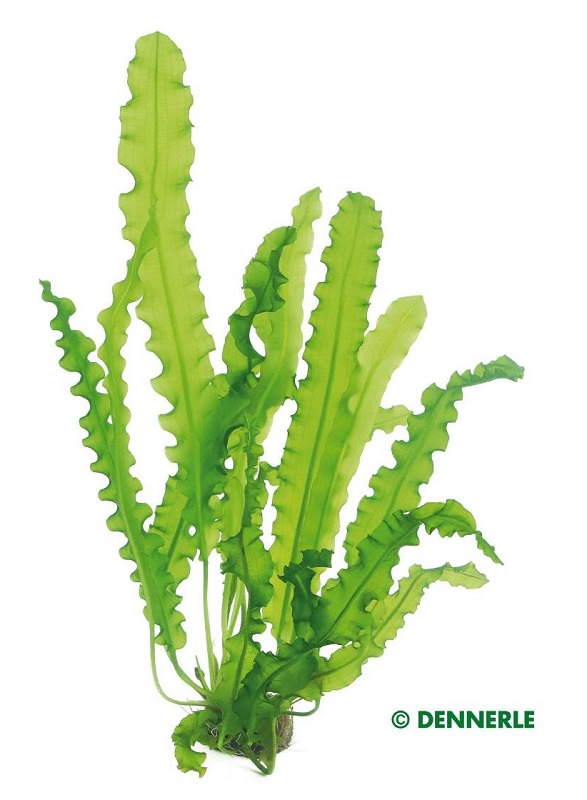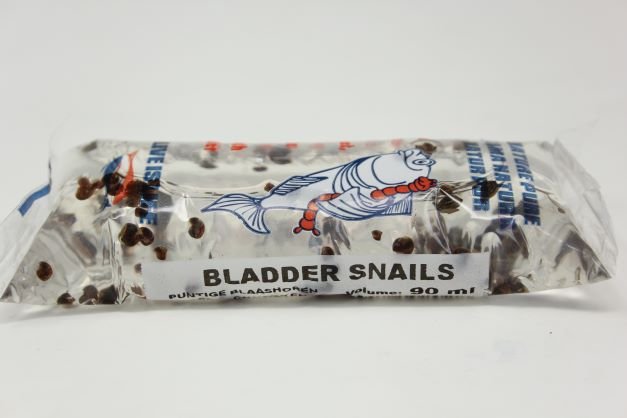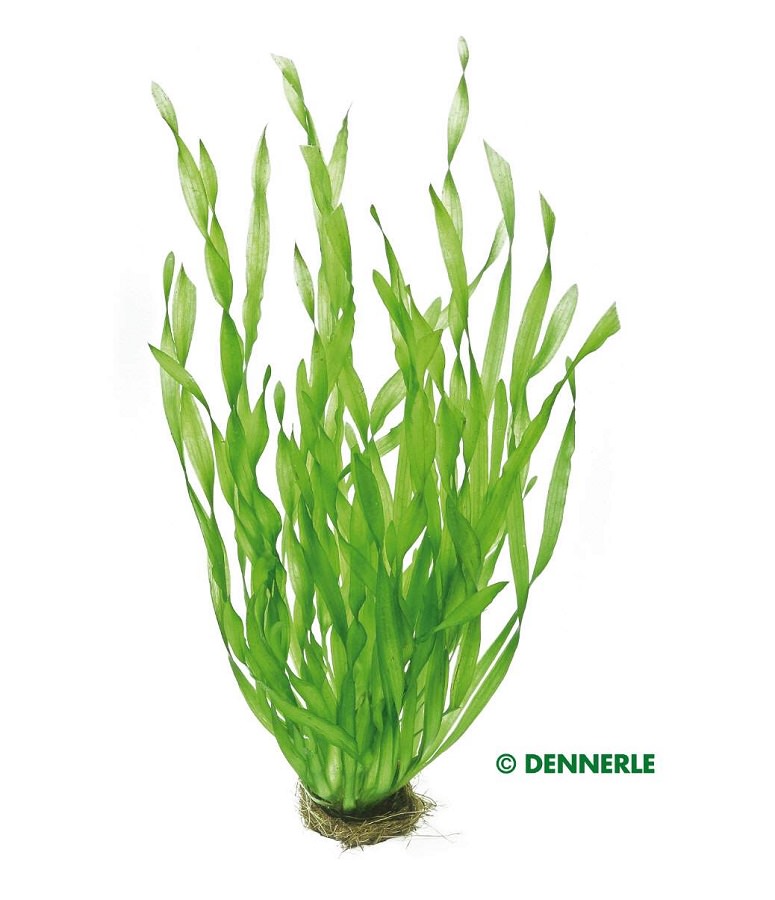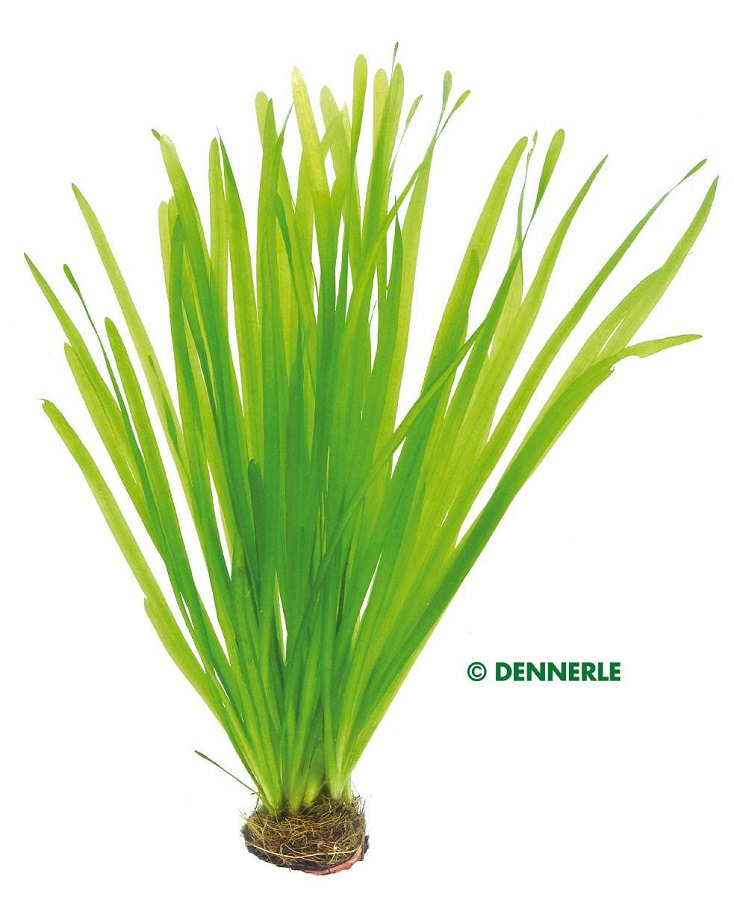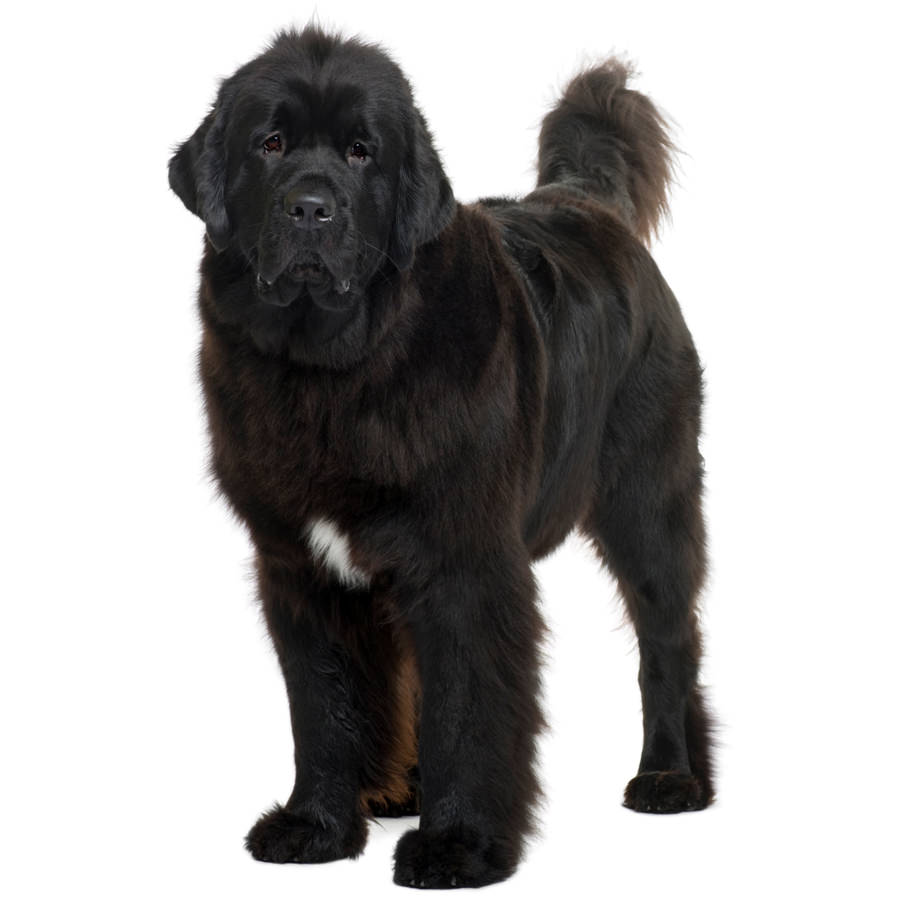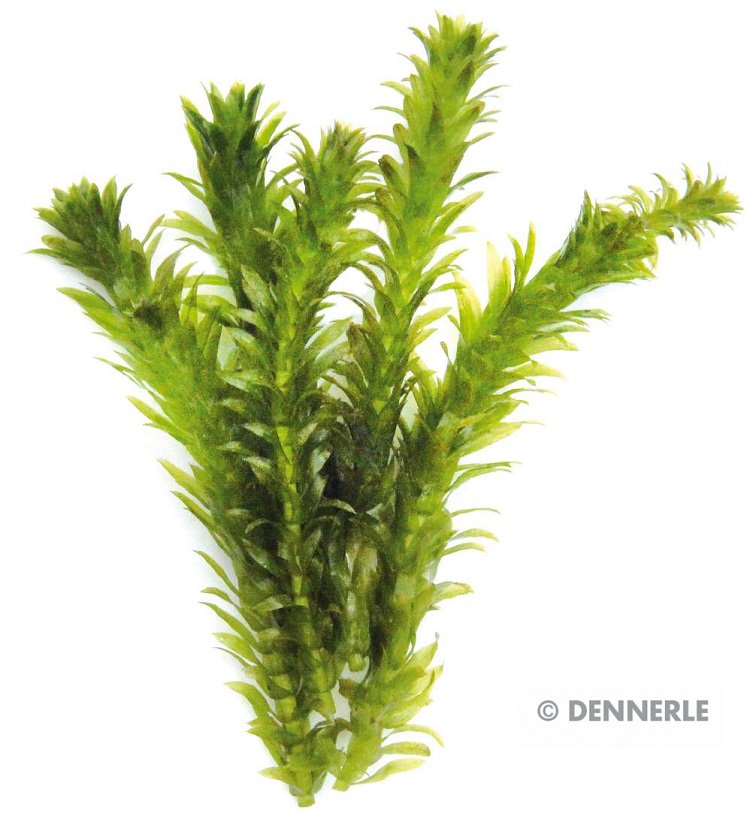

| Quantity | Unit price |
|---|---|
| To 4 |
CHF8.90
|
| From 5 |
CHF7.90
|
Stock: 0
Available in 1-3 days, acquisition time 14 days

Egeria densa "Dichtblättrig" (Dichtblättrige Wasserpest)
| max. Wuchshöhe | 60 - 80 cm | Herkunftsland | Argentinien, Brasilien, Uruguay |
|---|---|---|---|
| Eignung | Gesellschaftsaquarium, Gartenteich | Typ | Stängelpflanze |
| Familie | Hydrocharitaceae | Gattung | Egeria |
| Vermehrung | Kopfstecklinge | Wuchsgeschwindigkeit | schnell |
| pH | 5 - 9 | Wasserhärte | 0 - 30 °dh |
| Hinweise | |||
Die Wasserpest, so der deutsche Handelsname, weist schon auf die Wuchseigenschaft hin. Egeria densa gehört wohl zu den gutwüchsigsten Pflanzen überhaupt und ist vollkommen unproblematisch in der Kultur. Mit Heimat in Südostbrasilien und Argentinien, ist sie mittlerweile aber in allen Kontinenten eingebürgert. Bei der Sorte „Dichtblättrig“ ist die Beblätterung des Stängels extrem dicht und kompakt. Sie wächst auch sehr gut eingepflanzt oder freischwimmend im Gartenteich, ist aber bedingt nur winterhart.
| Aquarium: | Gartenteich, Gesellschaftsaquarium |
|---|---|
| Eigenschaft: | Im Hintergrund, Stängelpflanzen |
| Eigenschaften: | Stängelpflanzen |
| Gattung: | Egeria |
| Herkunft: | Süd- und Mittelamerika |
| Stand: | Im Hintergrund |
| Wachstum: | schnell |
8 of 8 reviews
4.88 out of 5 stars
Login
September 7, 2021 02:27
Wird wieder hier bestellt.
Sehr gut erhaltene Pflanzen geliefert bekommen. Liefertermin und Lieferfrist hat bestens geklappt.
May 6, 2021 19:52
Top
Schöne pflanze
March 25, 2021 20:43
Gerne wieder!
Alles bestens gut Verpackt, gedeihen sehr gut im Becken.
March 4, 2021 14:23
Top
Macht sich super im Aquarium
October 29, 2020 21:03
Sehr guter Service, die Hilfsbereitschaft am Telefon
Sehr guter Service, die Hilfsbereitschaft am Telefon war gross und trotz internationalen Lieferengpässen kam das Produkt schnell bei mir an.
April 4, 2020 06:36
Sehr schnelle Lieferung, prima Pflanzen, gerne wieder
sehr schnelle Lieferung, prima Pflanzen, gerne wieder
April 4, 2020 06:32
sehr schnelle Lieferung und prima Pflanzen gerne wieder
Obwohl ich lieber vor Ort Pflanzen kaufe hat mich die Art von zooz roco in Coronazeiten überzeut und geholfen
May 18, 2019 20:38
Sehr schöne Ware
Sehr schöne Ware
Suggested products
Customers also bought
Customers also viewed


